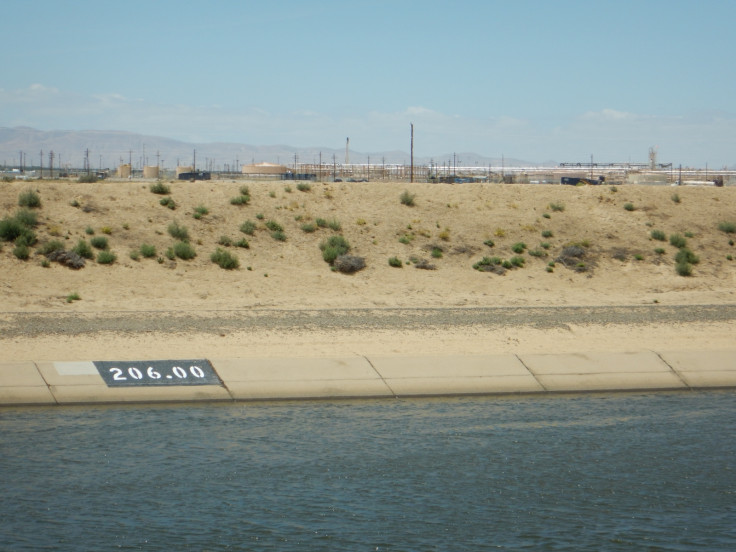California's water windfall: 3 times more groundwater sitting under Central Valley than thought
Scientists discover 2,700 cubic km usable groundwater beneath drought-stricken California
California has three times more groundwater sitting beneath Central Valley than previously thought. The drought-stricken state has an estimated 2,700 cubic kilometres of usable groundwater across eight Californian counties – equivalent to the size of the Lake Victoria in Africa.
Scientists from Stanford University used data from 360 oil and or natural gas fields, including 35,000 wells, in order to refine California's groundwater estimates. Despite reserves existing several kilometres beneath the surface, little information is available on groundwater deeper than 300m.
The team assessed shallow and deep groundwater sources in terms of quantity and quality. The latter was assessed through salinity and total dissolved solids (TDS). In California, water with a TDS of less than 3,000 ppm can be considered fresh.
Findings, published in the journal PNAS, showed the amount of usable groundwater was 2,700 cubic km, which is triple the current estimate. Most was found between 300m and 1,000m underground.
"It's not often that you find a 'water windfall,' but we just did," said study co-author Robert Jackson. "There's far more fresh water and usable water than we expected. Water a thousand feet down used to be too expensive to use. Today it's used widely. We need to protect all of our good quality water."

The authors said their discovery could mean other drought-affected areas had more groundwater reserves than officials estimated. "Our findings are relevant to a lot of other places where there are water shortages, including Texas, China and Australia," said study co-author Mary Kang.
California is in its fifth year of severe drought. The state has increasingly been turning to groundwater supplies to meet demand on the surface. The scientists said that their findings should prompt this resource to be better protected from oil and gas activities, which could cause it to become contaminated.
Kang and Jackson noted that the California groundwater will be expensive to extract. Because of its higher salt concentration, it will need to be treated before it is used for drinking or agriculture. The removal could also lead to ground subsidence, which is already happening in some parts of California where groundwater pumping takes place.
"Our findings indicate that California's Central Valley alone has close to three times the volume of fresh groundwater and four times the volume of underground sources of drinking water than previous estimates suggest," they wrote. "Therefore, efforts to monitor and protect deeper, saline groundwater resources are needed in California and beyond."
Kang added: "What we are saying is that no one is monitoring deep aquifers. No one's following them through time to see how and if the water quality is changing. We might need to use this water in a decade, so it's definitely worth protecting."
© Copyright IBTimes 2025. All rights reserved.






















